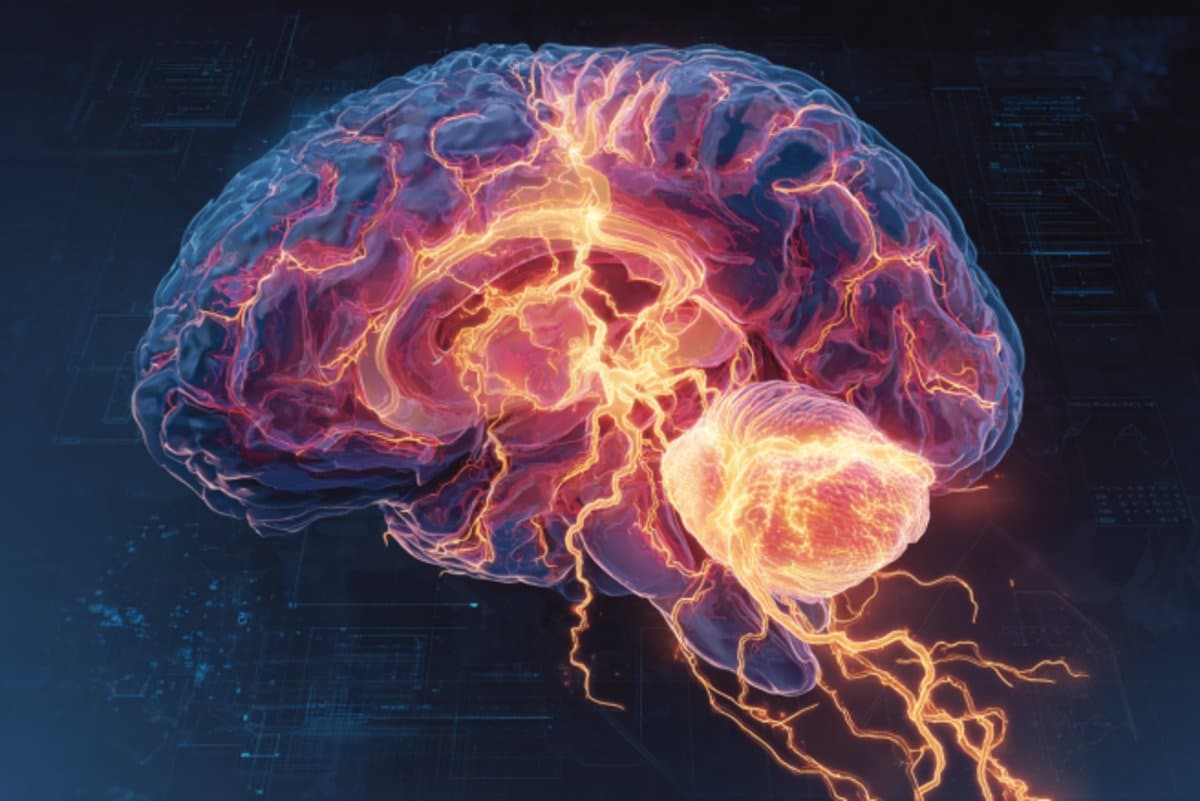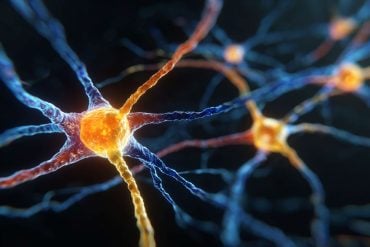Summary: Researchers have developed a computational framework that maps how the striosomal compartment of the striatum governs everyday decision-making. By integrating biology, decision theory, and mathematical modeling, the study reveals that different levels of striosomal activity can push individuals toward impulsive, balanced, or overly complex decisions.
High activity promotes quick, reward-focused choices, while low activity drives slow, overanalyzed decisions. The findings provide a new lens for understanding impaired decision-making in psychiatric disorders and point toward modulating striosomal activity as a potential therapeutic strategy.
Key Facts:
- Activity Spectrum: Striosomal activity levels determine whether decisions are simple, impulsive, complex, or delayed.
- Psychiatric Link: Abnormal striosomal function may underlie decision-making issues in PTSD, substance use disorder, and depression.
- Therapeutic Potential: Modulating striosomal activity could be a new treatment approach for psychiatric conditions.
Source: Mount Sinai Hospital
Scientists from the Icahn School of Medicine at Mount Sinai, working in collaboration with a team from the University of Texas at El Paso, have developed a novel computational framework for understanding how a region of the brain known as the striatum is involved in the everyday decisions we make and, importantly, how it might factor into impaired decision-making by individuals with psychiatric disorders like post-traumatic stress disorder and substance use disorder.
In a study published in Nature Communications on August 14, the team reported that modulating activity within the striosomal compartment—a neurochemically discrete area of the striatum—might be an important therapeutic strategy for promoting healthier decision-making in people with psychiatric disorders.

“Though it has been established that the striatum is clearly important for cost-benefit decision-making, the precise role of the striosomal compartment has remained elusive,” says Ki Goosens, PhD, Associate Professor of Pharmacological Sciences and Psychiatry, at the Icahn School of Medicine at Mount Sinai and co-lead author of the study.
“Our computational model tackles that issue by creating a framework that links levels of striosomal activity to which and how many factors we consider in our decisions to pursue something. For the first time, we’ve developed a model to explain how striosomal circuits are involved in healthy as well as disordered decision-making.”
The striatum is known to play a critical role in the human brain by coordinating multiple aspects of cognition, including decision-making, motor control, motivation, and reward perception.
It is differentiated into the anatomically discrete compartments of the striosomes and the matrix, though functional impacts of the striosome-matrix organization are poorly understood.
Through the creation and deployment of a sophisticated model that combines biology, decision-making theory, mathematical modeling, and big data analysis, the team is shedding valuable light on the distinction in regulation of neural function in each of these compartments.
Investigators found that information from the brain about potentially relevant factors involved in decision-making flows into the striosomes, and that the striosomes then determine which and how many of those factors will be used to make the decision.
Specifically, they learned that high levels of striosomal activity favor “simple” decisions in which single factors determine whether the individual pursues an option that carries potential rewards or costs.
Extremely high levels of striosomal activity, however, can lead to impulsive decisions which are made rapidly and often carelessly.
On the other hand, the study revealed that lower levels of striosomal activity favor “complex” decisions in which multiple factors are considered in the course of decision-making, while extremely low levels can lead to “analysis paralysis,” in which decisions are greatly delayed because too many factors are being considered and neural circuits can’t settle into a configuration that favors one action versus another.
“Our model provides an innovative way to interpret impairments in so-called cost-benefit decision-making in psychiatric disorders,” explains Alexander Friedman, PhD, Assistant Professor of Biological Sciences at the University of Texas at El Paso and co-lead author of the study.
“For example, we believe that disorders like post-traumatic stress disorder and substance abuse disorder, in which risky behaviors are common, result from high levels of striosomal activity driving consideration of potential rewards but ignoring potential costs.
“Conversely, disorders like depression, where daily decisions are often difficult, are believed to result from low levels of striosomal activity that result in too many dimensions being considered.”
The computational tool Dr. Goosens and the team created not only offers a framework for explaining why daily decision-making is impaired in psychiatric disorders, but highlights the need to understand how striosomal activity is changed in different disorders.
Perhaps even more consequential is the suggestion by the team that modulating striosomal activity through therapeutic intervention could be a new and effective approach to addressing a wide range of psychiatric abnormalities.
The study was a collaborative effort involving The Friedman Brain Institute, the Center for Translational Medicine and Pharmacology, and the Departments of Psychiatry and Pharmacological Sciences at Mount Sinai and the University of Texas at El Paso.
About this neuroscience research news
Author: Elizabeth Dowling
Source: Mount Sinai Hospital
Contact: Elizabeth Dowling – Mount Sinai Hospital
Image: The image is credited to Neuroscience News
Original Research: Open access.
“A decision-space model explains context-specific decision-making” by Ki Goosens et al. Nature Communications
Abstract
A decision-space model explains context-specific decision-making
Optimal decision-making requires consideration of internal and external contexts. Biased decision-making is a transdiagnostic symptom of neuropsychiatric disorders.
We created a computational model demonstrating how the striosome compartment of the striatum constructs a context-dependent mathematical space for decision-making computations, and how the matrix compartment uses this space to define action value.
The model explains multiple experimental results and unifies other theories like reward prediction error, roles of the direct versus indirect pathways, and roles of the striosome versus matrix, under one framework.
We also found, through new analyses, that striosome and matrix neurons increase their synchrony during difficult tasks, caused by a necessary increase in dimensionality of the space.
The model makes testable predictions about individual differences in disorder susceptibility, decision-making symptoms shared among neuropsychiatric disorders, and differences in neuropsychiatric disorder symptom presentation.
The model provides evidence for the central role that striosomes play in neuroeconomic and disorder-affected decision-making.






